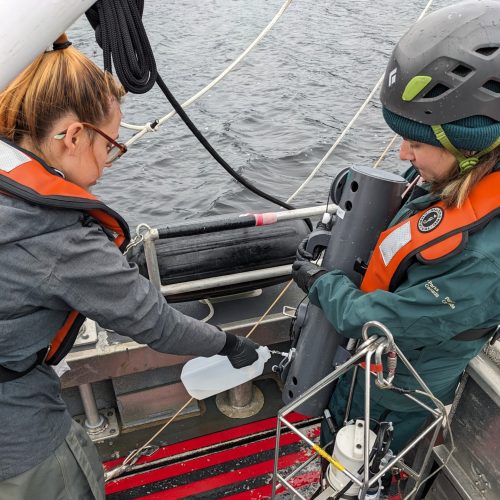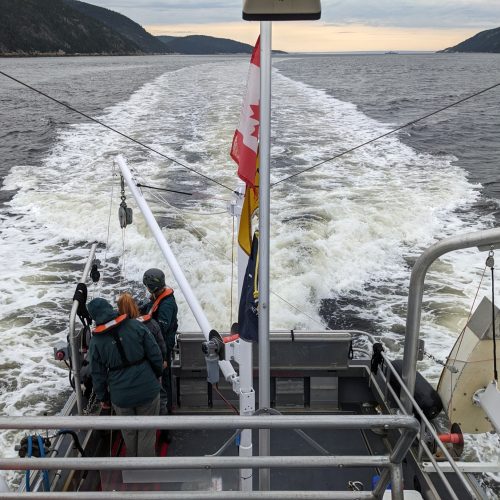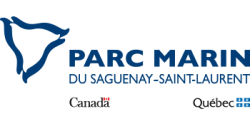

Using metabarcoding to characterize the distribution and structure of fish communities in the Saguenay Fjord
Research summary
The Saguenay Fjord is a unique environment and is rich in fauna, both at the surface and at depth. Some sixty species of fish can be found here. However, very little information is available regarding the distribution and diversity of fish communities in the fjord.
The main method for studying ichthyofaunal diversity is capture, with or without release. However, this technique can be intrusive, resulting in negative repercussions or even the death of captured individuals. Moreover, capture can have a low detection rate for rare species, underestimating the overall biodiversity of a habitat.
Environmental DNA analysis using metabarcoding is a complementary technique to traditional capture and provides a different view of the diversity and structure of fish communities, without having to handle individuals.
This study uses the environmental DNA metabarcoding technique to identify fish diversity along the Saguenay River at different depths. A vertical profile of the water column, including measurements of temperature, salinity, oxygen, chlorophyll, turbidity and conductivity, will be carried out using a CTD probe. These analyses will determine the physicochemical conditions of the sampled areas and depths.

Bachelor’s degree candidate in Biology at Université du Québec à Chicoutimi

Professor, Department of Fundamental Sciences, Université du Québec à Chicoutimi
Co-Holder of the Chair for Research on Exploited Aquatic Species

Professor, Department of Fundamental Sciences, Université du Québec à Chicoutimi
Director of the Chair for Research on Exploited Aquatic Species


